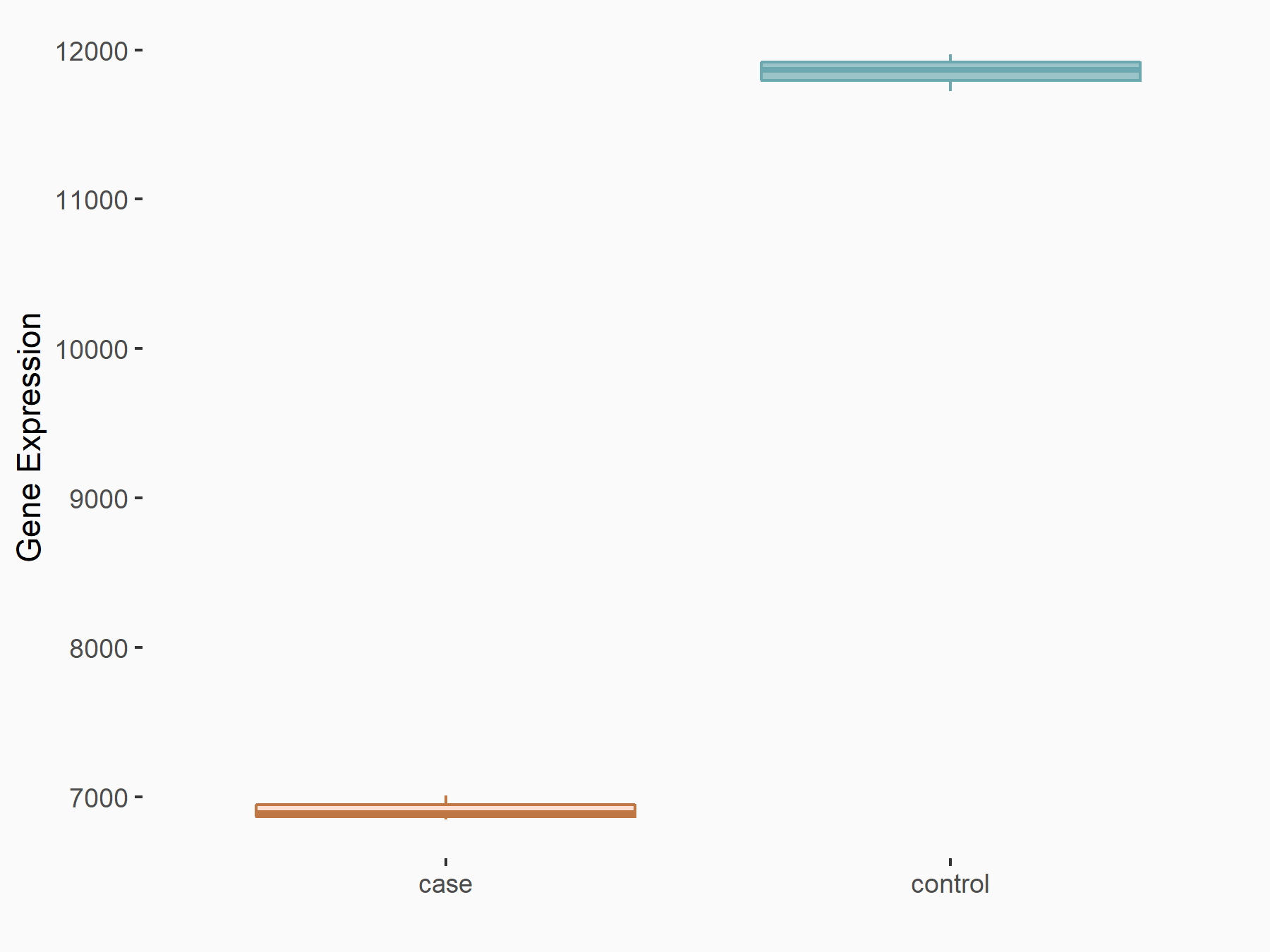m6A Target Gene Information
General Information of the m6A Target Gene (ID: M6ATAR00177)
Full List of m6A Methylation Regulator of This Target Gene and Corresponding Disease/Drug Response(s)
ALDH1A1
can be regulated by the following regulator(s), and cause disease/drug response(s). You can browse detail information of regulator(s) or disease/drug response(s).
Browse Regulator
Browse Disease
Insulin-like growth factor 2 mRNA-binding protein 1 (IGF2BP1) [READER]
| Representative RNA-seq result indicating the expression of this target gene regulated by IGF2BP1 | ||
| Cell Line | A549 cell line | Homo sapiens |
|
Treatment: IGF2BP1 knockout A549 cells
Control: Wild type A549 cells
|
GSE146546 | |
| Regulation |
  |
logFC: -7.78E-01 p-value: 8.37E-08 |
| More Results | Click to View More RNA-seq Results | |
| In total 1 item(s) under this regulator | ||||
| Experiment 1 Reporting the m6A Methylation Regulator of This Target Gene | [1] | |||
| Response Summary | IGF2BP1 decreases leukemia cells' tumorigenicity, promotes myeloid differentiation, increases leukemia cell death, and sensitizes acute myeloid leukemia cells to chemotherapeutic drugs. IGF2BP1 affects proliferation and tumorigenic potential of leukemia cells through critical regulators of self-renewal HOXB4 and MYB and through regulation of expression of the aldehyde dehydrogenase, Aldehyde dehydrogenase 1A1 (ALDH1A1). | |||
| Target Regulation | Up regulation | |||
| Responsed Disease | Acute myeloid leukaemia | ICD-11: 2A60 | ||
| In-vitro Model | MOLT-16 | T acute lymphoblastic leukemia | Homo sapiens | CVCL_1424 |
| Reh | B acute lymphoblastic leukemia | Homo sapiens | CVCL_1650 | |
| SKNO-1 | Myeloid leukemia with maturation | Homo sapiens | CVCL_2196 | |
| Tanoue | B acute lymphoblastic leukemia | Homo sapiens | CVCL_1852 | |
| In-vivo Model | For the engraftment experiments, 1×103 1×106 cells were injected into tail veins of non-irradiated 6-10 week-old female mice in 100 uL of DPBS per mouse. No blinding or randomization was applied to mice experiments. Routinely, each in vivo experiment was performed with three technical replicates (three mice per group) and independently repeated two to three times for each cell line. | |||
Acute myeloid leukaemia [ICD-11: 2A60]
| In total 1 item(s) under this disease | ||||
| Experiment 1 Reporting the m6A-centered Disease Response | [1] | |||
| Response Summary | IGF2BP1 decreases leukemia cells' tumorigenicity, promotes myeloid differentiation, increases leukemia cell death, and sensitizes acute myeloid leukemia cells to chemotherapeutic drugs. IGF2BP1 affects proliferation and tumorigenic potential of leukemia cells through critical regulators of self-renewal HOXB4 and MYB and through regulation of expression of the aldehyde dehydrogenase, Aldehyde dehydrogenase 1A1 (ALDH1A1). | |||
| Responsed Disease | Acute myeloid leukaemia [ICD-11: 2A60] | |||
| Target Regulator | Insulin-like growth factor 2 mRNA-binding protein 1 (IGF2BP1) | READER | ||
| Target Regulation | Up regulation | |||
| In-vitro Model | MOLT-16 | T acute lymphoblastic leukemia | Homo sapiens | CVCL_1424 |
| Reh | B acute lymphoblastic leukemia | Homo sapiens | CVCL_1650 | |
| SKNO-1 | Myeloid leukemia with maturation | Homo sapiens | CVCL_2196 | |
| Tanoue | B acute lymphoblastic leukemia | Homo sapiens | CVCL_1852 | |
| In-vivo Model | For the engraftment experiments, 1×103 1×106 cells were injected into tail veins of non-irradiated 6-10 week-old female mice in 100 uL of DPBS per mouse. No blinding or randomization was applied to mice experiments. Routinely, each in vivo experiment was performed with three technical replicates (three mice per group) and independently repeated two to three times for each cell line. | |||